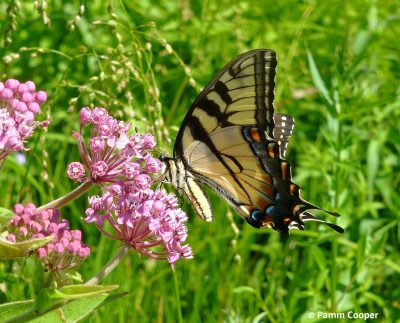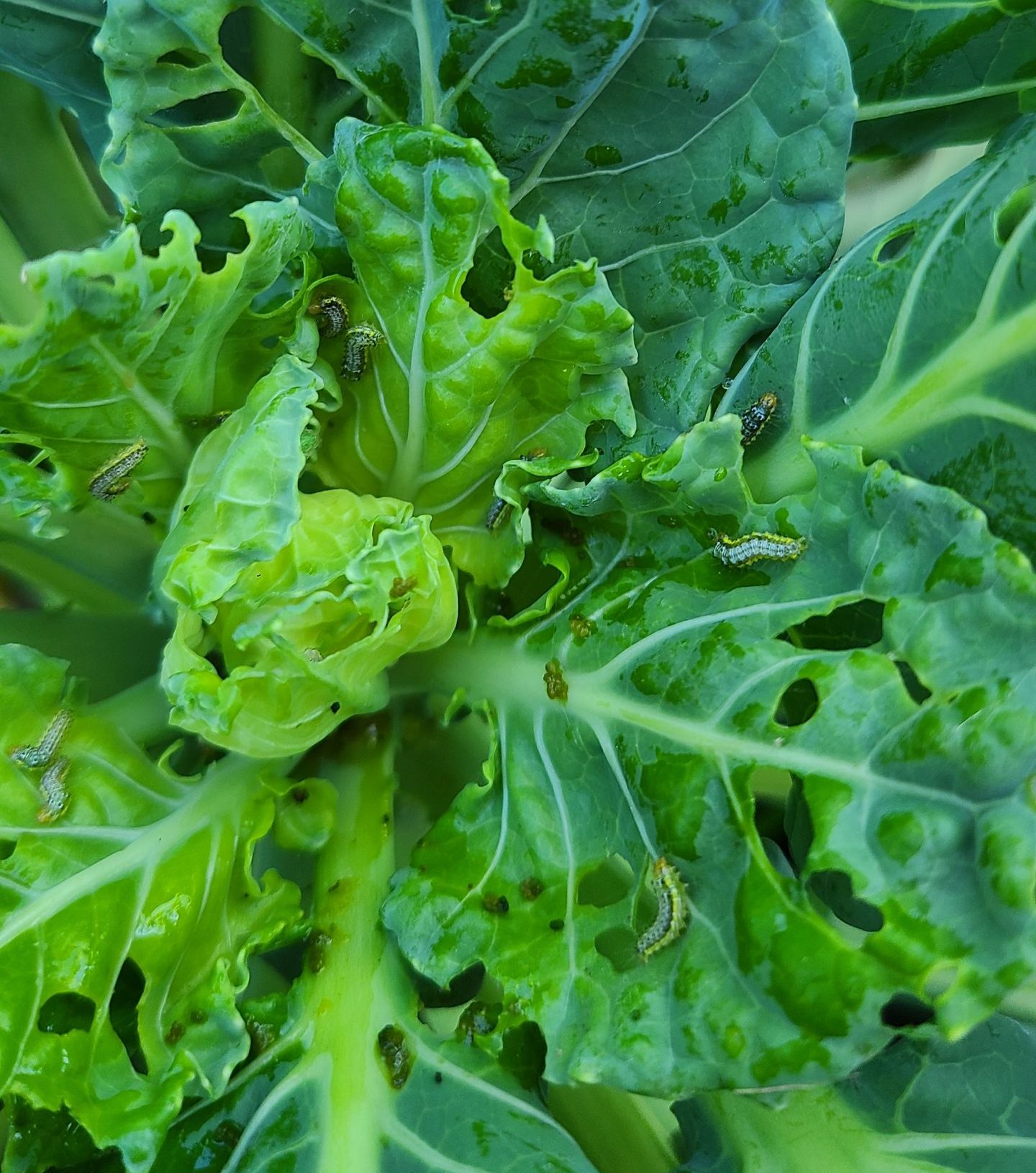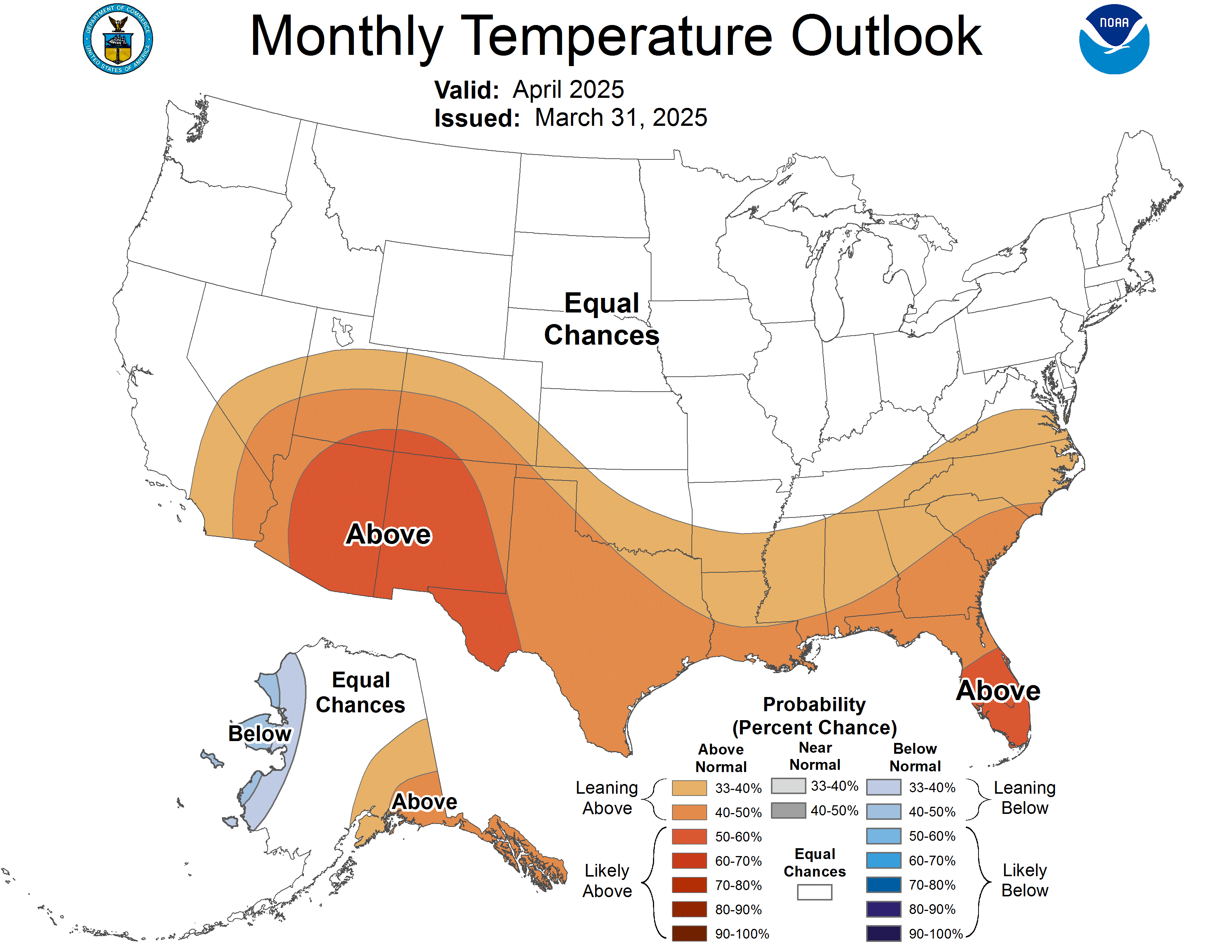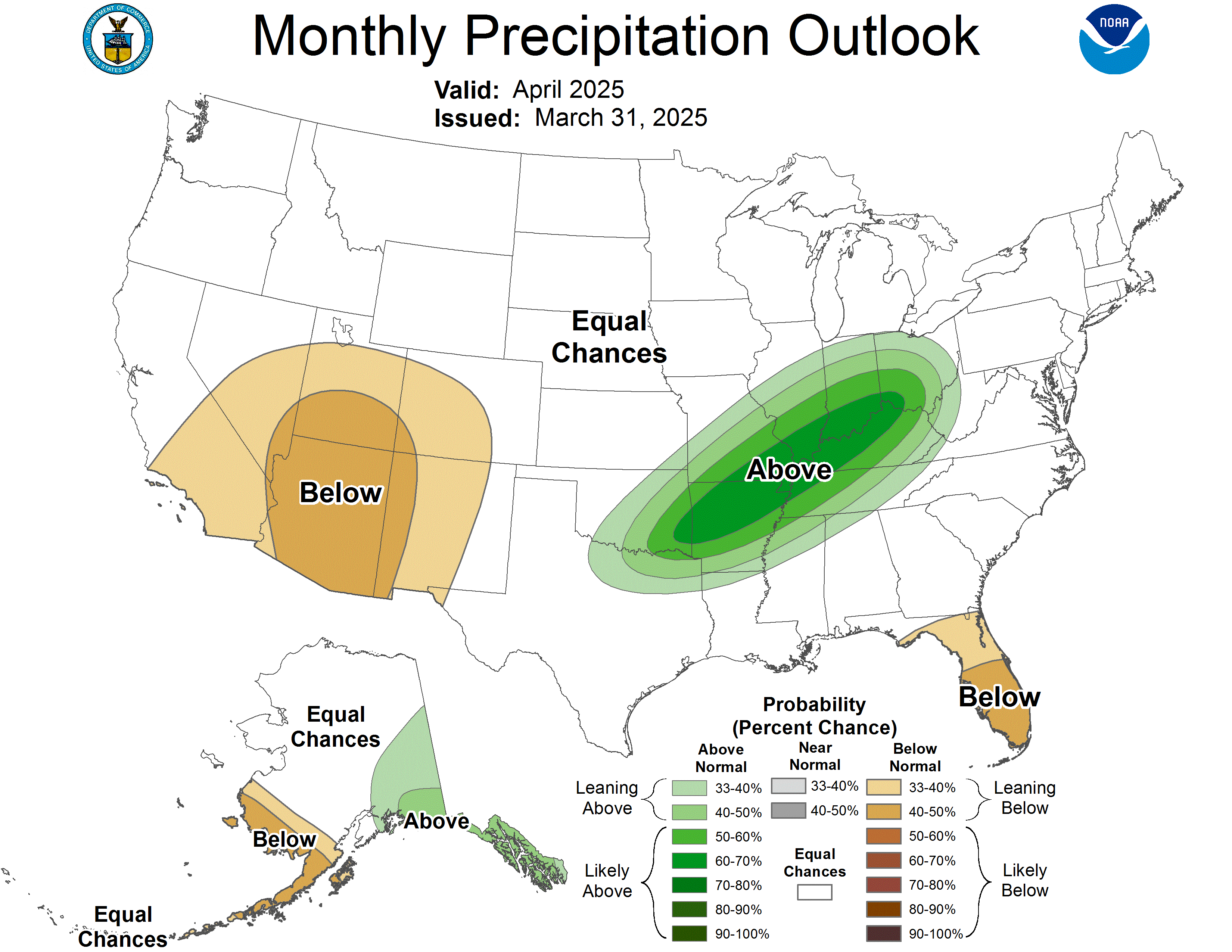
"Flowers are wilting
My enthusiasm, too
Only weeds survive."— Gaia Garden
There's Still Plenty of Planting Time

This year’s wacky weather set our gardens up on what feels like a very strange schedule. Typically, by this point in the season we start to sit back and wait for the tomatoes to ripen, but if you want a garden that stretches into autumn, the work continues!
As of July 1st, we are 106 days away from the Farmer’s Almanac’s anticipated first Frost Date (Oct. 15th in Storrs, CT). That’s still plenty of time to grow!
Succession planting helps keep your garden space constantly active through the growing season. It may look like planting a new crop immediately after one has completed its cycle in the garden, or staggered plantings for an extended harvest. We looked at this briefly in our May Newsletter as a way to maximize space. Here's some tips to keep rolling with succession planting this summer:
- Continue planting bush beans from seed every 2 weeks through the end of July for a bountiful harvest!
- Did you harvest your garlic this month? Are your cool season crops past their prime or starting to bolt? Replace them and direct seed new plants!
- Look at days to maturity to ensure there is enough time for the plants to develop before frost hits
- Don’t follow up with the same thing in the same planting space – rotate your crops for better soil and plant health!
- There are varieties of cucumber, squash and zucchini that can still be planted
- Many types of greens and root vegetables like carrot, radish, turnip and beet can be planted in July
- Replace vegetable plants that are no longer producing with annuals that have short flowering time for late season beauty
- Allow the garden bed to “rest” by planting a cover crop
- Don’t put away those grow lights just yet! Cool season crops, like brassicas, may need to be started indoors. The summer heat outdoors may inhibit germination or growth.
Harvesting Herbs in Your Summer Garden!
Including herbs in summer gardens is a common practice due to their low-maintenance care and delicious flavors that pair well with many summertime dishes and drinks.
Herbs should be harvested when the oils responsible for aroma and flavor are at their peak. This harvest time is determined by the growing conditions of each individual plant, rather than a specific month or day.
Many herbs are most flavorful and ready to harvest just as the flower buds first appear, but before they are fully open. It’s best to harvest them in the late morning, after the dew has dried and before the hot afternoon sun draws out their delicate flavor. However, some species, like cilantro, may become bitter as the plant starts to flower. Bottom line: know your plants!
Annual herbs such as basil and parsley can be harvested until frost. Perennial herbs such as oregano, thyme, mint and chives can be clipped until late August.
For your perennial herbs, stop harvesting about one month before the frost date, because late pruning could encourage tender growth that cannot harden-off before winter.
Native Plant: Swamp Milkweed (Asclepias incarnata)

Swamp Milkweed (Asclepias incarnata) is native to most of the U.S. It's flowers bloom from mid-July to mid-August in the Northeast. A. incarnata is one of many native Milkweeds including A. tuberosa, A. syriaca and others.
Look for it in moist habitats such as pond, stream, and river edges or in moist areas of meadows. Pink flowers are highly attractive to butterflies, moths, bees and other pollinators.
Learn More About Swamp Milkweed
The Connecticut Native Perennial, Tree, & Shrub Availability List
Word from the WiSE
Women in Soil Ecology, UConn Student Chapter
Sweet Summer Strawberries!
This month, we bring you a word on a sweet summer berry you can easily grow at home - strawberries! Strawberries can be purchased from three main groups: June-bearing, ever-bearing, and day-neutral. For one summer harvest of large berries, gardeners can opt for June-bearing; For two harvests of smaller berries, grab some ever-bearing strawberries. For continuous production all season long, plant day-neutral strawberries. Plant strawberries in the ground in slightly acidic, well-drained soil; Or, if you are space-limited, ever-bearing and day-neutral varieties do well in window boxes that are at least 1ft deep. In fact, planting strawberries in window boxes and keeping them off the ground helps protect them from some pests and diseases which may reduce yields. Enjoy strawberries fresh from the vine, or try your hand at a USDA-approved canning recipe to have strawberry jam year-round.
By Abigayle Ward, Soil Science Graduate Student
In the Garden & Pest Alerts
In the Garden: Cabbage Worms, Moths and Loopers, Oh My!
Start scouting in July for the various types of caterpillars that can damage your brassicas! Along with lots of holes chewed into leaves, caterpillars typically leave waste behind known as "frass."
Search on the undersides of leaves and inside the center of plants where leaves are tightly condensed. Once you find the pest, identify it properly for the best control methods! Use Bacillus thuringiensis to control them, or incorporate row covers before a problem is observed to keep pests out.

Photo by Heather Zidack,
UConn Home & Garden Education Center
UConn Pest Alerts
During the growing season, UConn Extension publishes a regular pest alert for both vegetable and fruit producers. Additionally, the New England Vegetable Management Guide offers a lot of information about specific vegetable crops.
While the target audience for these publications is usually commercial growers, home gardeners can learn a lot from these materials including identification and management of common pests in your veggie gardens!
If you ever need confirmation on an ID or have additional questions about what you read in these reports, please do not hesitate to reach out to us at the Home & Garden Education Center! We're happy to help your gardens thrive.
Knowledge to Grow On

Read our Ladybug blogs written weekly:
Understanding Clematis: Groups and Care Guide
Make Your Gardening Easier With These Simple Garden Additions!
Upcoming Events and Things to Do
- The Sky's the Limit Hiking Challenge and The CT Wine Trail are opportunities to see more of CT and get rewards for completing challenges.
- It's the season for Garden Tours! Check with your local garden club for schedules, or find events through the Federated Garden Clubs Events page.
Educational Opportunities & Workshops
- Fireflies Workshop, July 11, Derby CT
- Vital Signs of the Forest- July 12, Hampton, CT
- UConn Bug Week 2025 - July 14th - July 19th, Statewide Events
- Attend a UConn Master Gardener Course! (Various dates and various locations)
- CT State Parks have multiple events happening this month!
Save the Date for the 4th Annual UConn IPM Seminar for the Home Gardener

Photo by Heather Zidack, UConn Home & Garden Education Center
Thursday, August 14th, 2025
9:00 AM - 1:00 PM
UConn Research Farm
99 Agronomy Road, Storrs, CT 06268
Learn basic principles of Integrated Pest Management and techniques to implement in your gardens with a day designed for the home gardener. Speakers from the UConn IPM team will present on various topics to help you improve the plant and soil health of your gardens, lawns, and landscapes.
Learn About the UConn IPM Program
Supplement Your Garden Produce with CT Grown Products!
Connecticut is rich in agricultural history, with many operational farms that have lots to offer local markets!
Supporting local CT Agriculture is a way that gardeners can supplement the fresh foods they grow in their garden, with seasonal offerings from year round operations.
Consider attending a local farmers market, joining Community Supported Agriculture (CSA's), or even stopping by your nearest farm stand to see what they have to offer!
July Gardening Tips
- Water early in the morning to reduce the loss of water to evaporation during the hottest days
- Container and hanging plants may need additional water later in the day if hot and windy conditions prevail. Check plants again at day’s end to see if any additional water is necessary
- Pinching back herbs to stop flowering will keep the best flavor in the leaves and encourage branching. Herbs can be air dried, dried quickly in the microwave, or frozen
- Cucumbers are heavy drinkers and feeders. Keep the soil evenly moist during hot spells to avoid bitter fruit and side-dress plants with 1/4 cup of 10-10-10 fertilizer or the equivalent in mid-July
- Plant cool-season crops such as broccoli, spinach, kale, lettuce, and chard where they will be shaded from the sun
- Put netting on fruit trees and bushes a few weeks before the fruit begins to ripen to protect it from birds and squirrels
- Raise your mowing height to 3 inches during hot weather and mulch clippings if possible
- Fertilize roses for the last time in mid-July
- Control mosquitoes by eliminating all sources of stagnant water. Clean bird baths and pet’s outdoor dishes often
- Check family members and pets for ticks after being outside, especially when in tall grass or wooded areas. If necessary, send ticks to the Connecticut Veterinary Medical Diagnostic Laboratory for testing
- Leaky garden hoses and fittings can waste water. Check hoses while they are under full pressure and make repairs
This Month’s Newsletter Contributors:
Heather Zidack, Pamm Cooper, Holly McNamara, Abigayle Ward

